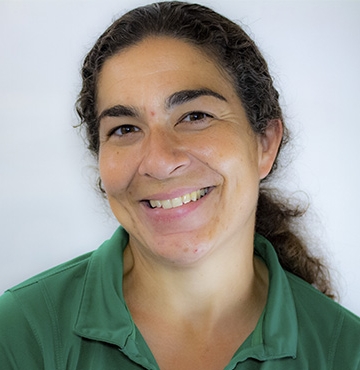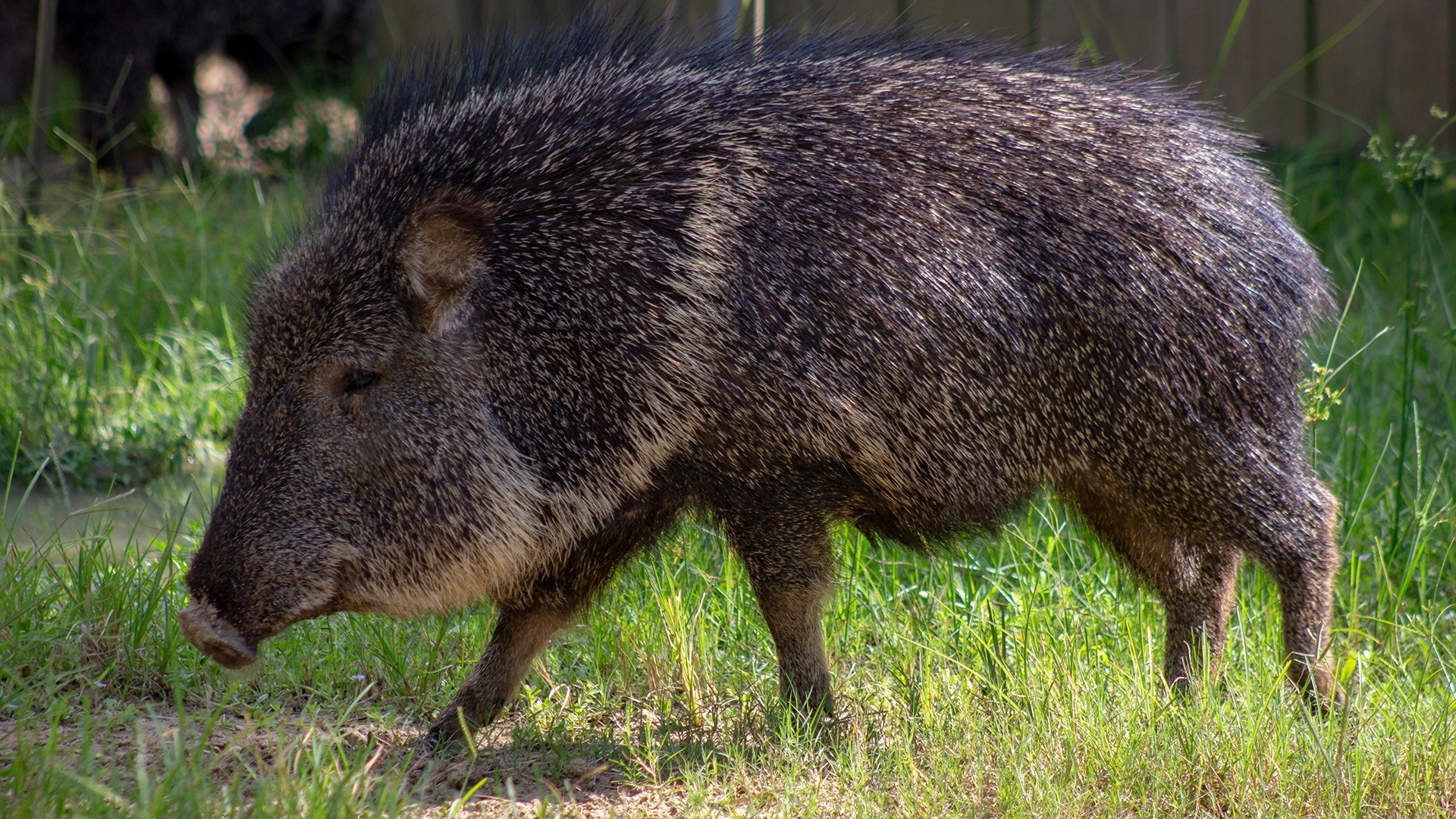
Chacoan peccaries were once thought to be extinct, until the 1970s, when scientists found a small population. They are the largest of three species of peccary and the most endangered, with only about 3,000 left in the wild.
The Chacoan peccary looks like a pig with long bristly hair, but it is actually in a different family called Tayassuidae. These are the native "pigs" of the Americas, and actually only includes three living species. The Chacoan peccary is the largest of the three peccary species. Peccaries live in social groups, and may communicate with a variety of sounds. You can often hear the peccaries at the Zoo grunting. Peccaries also communicate with scent glands, which are located on their back, with which they mark their territory. To cool off, peccaries seek shelter in the shade or wallow in mud holes. The population of Chacoan peccary is declining due to habitat loss and over-hunting. Although they are a protected species, there is not much enforcement of these laws, and hunting even occurs in national parks.

Chacoan peccaries have huge sinuses that help deal with the arid conditions of the Chaco and have tiny feet to navigate through thorny or bushy areas. Come out to visit these amazing animals and observe their unique behaviors!

Nikki
Chacoan peccaries use their rubbery snout to roll around cacti and rub off the spines before eating.
Argentina, Bolivia, Paraguay
Native to the region Gran Chaco
3–4 feet long | 60–80 pounds
Cacti, bromeliad roots, acacia pods
Large predators, such as the jaguar, or hunted by humans for meat
Flee as a group from predators
2–3 young per litter
Endangered
10–20 years
